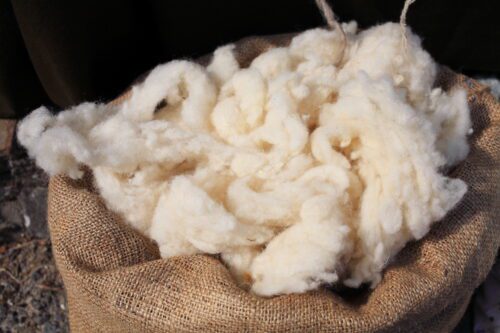
Fewer textiles have a longer and more intimate relationship with European, Semitic, and near-east peoples than the humble woolen garment. Wool was the preferred outerwear for literally thousands of years, featuring in the pre-Abrahamic histories, the ancient Greeks and Romans, the kingdoms of the middle ages, the renaissance period, all the way to the industrial revolution.
Wool, and by extension the sheep, has served as an important cultural icon for these nations, reflecting its great importance.
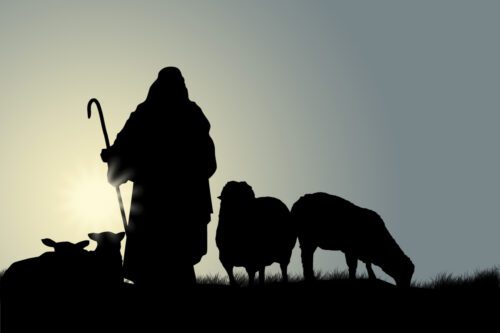

What Is Wool?
In its most basic definition, wool is an animal fiber consisting of protein combined with a small portion of fat (lipids). This combination makes wool unique among other textile fibers and gives it the benefits we know it for.
Wool can come from a variety of animals. The most common being the sheep, with other notable animals including goats and camelids (camels, llamas, alpacas). Alpaca wool and cashmere are interesting textiles and deserve their own articles.
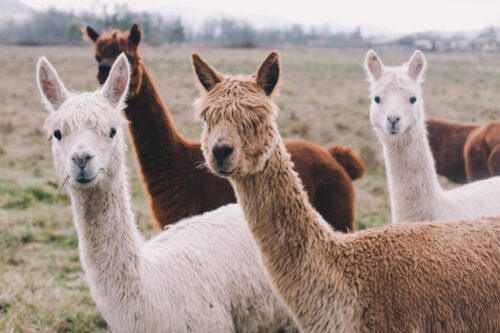

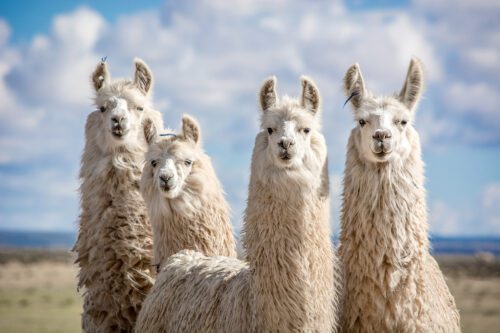

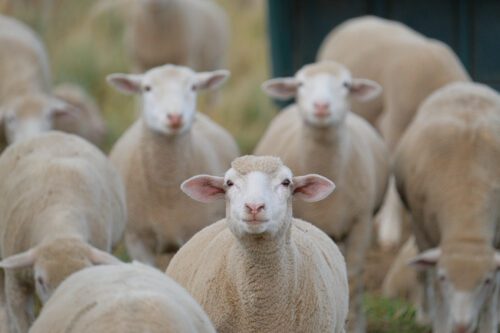

Wool In Pre-History
Sheep are one of the earliest domesticated animals used for agriculture. There is evidence to suggest that they were first domesticated from about 11,000 to 9,000 BC. Ancient remains have been found in sites across Europe, the Middle East, and Central Asia.
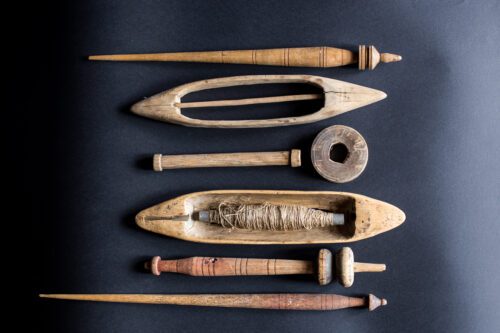

The first domesticated sheep were more hairy than woolly. The wool or fleece was a short insulating layer under the long protective hair of the animal. For the first several thousand years sheep were mainly raised for their meat, skins, and milk. Woolly sheep began to be developed around 6,000 to 5,000 BC, with evidence that by 3,000 BC they were common around the Mediterranean and Near East.


The earliest known European wool textile has been dated to 1500 BC. Given the lengths of time involved, it is very rare to discover the physical remains of wool textiles. However, it is not a stretch to assume that wherever the woolly sheep went, basic textile-making went as well.
Wool In The Ancient World
Wool was one of the primary textiles of the ancient world. Its durability, insulating properties, and relative ease of raising made it a favored garment for high and low society.
Wool was very useful in a variety of climates. In the cold, it was a great insulator of body heat, but in the burning sun, it didn't transfer the warmth to the wearer. This is why cultures like the Sumerians in Mesopotamia wore woolen tunics and coats, as well as the Celts in Gaul and the British Isles.


The Greek and Roman toga is a famous example of a woolen garment. In general, loose, wide, woolen clothes secured to the body with some sort of belt would've been a very common style of dress. An inner garment of some sort of vegetable fiber with an outwear of wool was also popular, and this style would continue well through to the modern era.


Wool performs well in moist and wet climates, particularly when a portion of the natural oils is left in the fleece. This grants the processed fabric a mildly water-resistant property. This effect explains why wool was generally more popular the further north you went. In comparison, places like ancient Egypt and India though aware of wool generally preferred their native flax and cotton fibers respectively.
The Medieval History Of Wool
Wool continued to be an essential part of life in the middle ages. Wool was particularly important in the cottage industries that grew across Europe, as it was far easier to raise and sheer several sheep than plant and maintain an equivalent crop of fibrous plants.
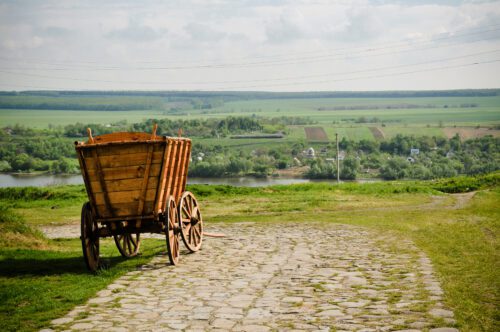

The use of wool was much the same as in the previous era. The styles of dress did change slightly, mostly depending on which culture the people had adopted/belonged to. Those retaining the heritage of the Roman Empire generally kept the same style of longer tunics (Tunica and Chiton) for both sexes, while those populations of Franks, Anglo-Saxons, and Goths preferred shorter tunics and trousers (very similar to the modern day) for men and simple dresses for women. Depending on the location these clothes could be made of a variety of cloth, wool being one. But without a doubt, wool was still the preferred garment for harsher conditions and outerwear.
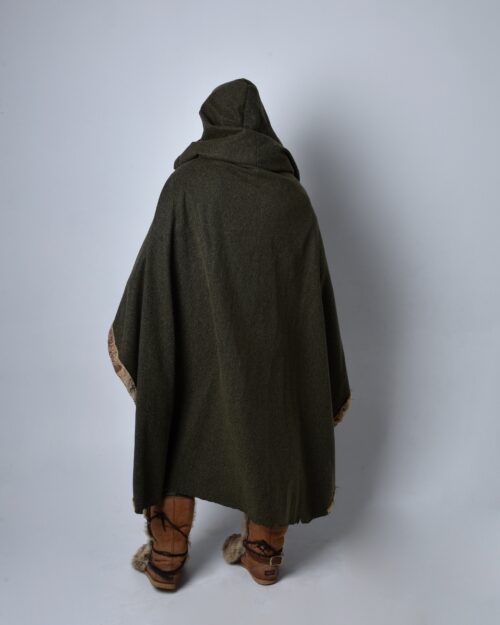

Later into the Medieval period, and certainly in the High Middle ages and Renaissance Period, wool was supplanted in high society by more exotic fabrics. Cotton, silk, and woven and dyed cloth became much preferred. Homespun wool garments still clothed the majority, again benefiting from being an easy source for the peasantry.
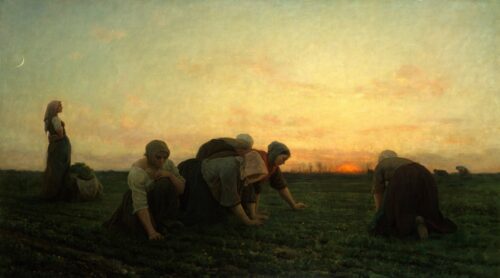

Wool In Modern Times
With the death of the cottage industry and the birth of the industrial revolution, textile manufacturing became the domain of giant factories. These factories were fed with great imports from across the world. This began the long decline of wool.
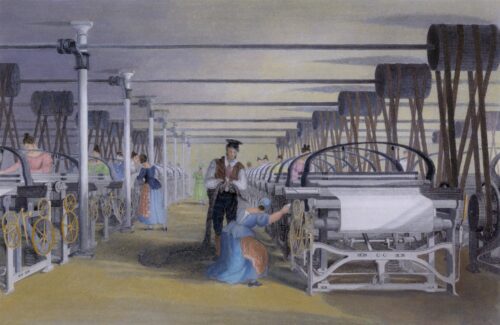

Wool did supply much of the raw materials for the early factories, but quickly supply limitations became a problem. Even with the additions of the great herds in Australia, which quickly came to dominate the international wool trade, wool was simply too expensive to grow to clothe the masses.
Over the decades wool transitioned to being mainly used in formal suites, specialty clothes, coats, and the like – the tunic having been replaced by the cotton shirt for the majority of everyday wear.
The Future Of Wool
Wool now only comprises roughly 3% of the global textile market. However, its value is disproportionately higher than the other textiles. It is used, much as it has always been, for outwear, protective wear, blankets, carpeting, insulation, and the like.
Wool performs well against fire, making it the preferred material for firefighters and for carpeting in hazardous areas.


In overall production weight, China produces the most wool in the world. Australia and New Zealand bring up second and third, supplying the majority of the valuable merino variety.
This chart illustrates the continued decline of wool production since 1973:


Wool, as one of the earliest and most significant textiles in history, has one of the least optimistic futures of the textiles we've looked at. However, it is hard to believe that wool won't continue to have a place among the timeless and respected fashions of the world.
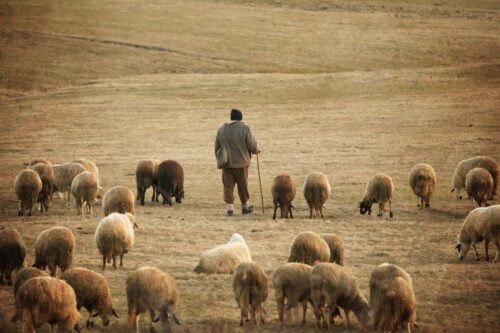

I hope you enjoyed this quick article on the history of wool. Let me know what you think in the comments below.








Thanks for the lesson of the history of wool. I hand knit & felt hats made with wool.
HI Cheryl, I would love to see your finished products.
Nice historical account but you focused more on the coarse, long wools that are quite scratchy and all too familiar to many. Today we have lots of next-to-skin wear made of wool, including underwear, that is soft, lightweight and breathable making it perfect for travel with it’s anti wrinkle and anti microbial activity (it doesn’t stink after wearing for several days in a row). The next to skin wear are also perfect for high intensity activities like cycling, hiking, mountain climbing since wool can absorb 30% of its weight in moisture, it wicks the moisture away from the body cooling and regulating the temperature of the wearer.
These fine wools are typically less than 21.5 microns in fiber diameter and have a comfort factor of 90 to 100. Comfort factor refers to fibers that are less than 30 micron, these smaller diameter fibers will bend back upon themselves. Those more than 30 micron do not bend and cause the Prickle that some have experienced. Sweaters and coats are typically made of coarser wool and that’s why they aren’t worn next to the skin.
I’m a wool classer and love this wonderful fiber. It’s a joy to sew with as well since it drapes so nicely and also can be steamed easily on curved pieces to ensure a perfect fit and smooth appearance.
Thanks for the great photos and history!
No, thank you! for your very informative comment.
Thank you for a great summary of wool. It’s sad that production and use he’s dropped so much. Spinning is one of my major hobbies, and I’m in the middle of sorting, cleaning and preparing a lovely merino fleece to be dyed and spun when it’s ready.
Sounds like a great thing to do, I am not familiar with spinning, but I will learn, I think I would love it as much as you do.
Thank you for this awesome intro to wool, a greatly underappreciated fibre. Personally, I love to sew with wool, especially boiled wool for winter clothes for the kids Nothing beats a woolen dungaree and jacket for a day on the playground or in the woods. While it isn’t water proof, it can be worn without extra protection for most of the winter period. I usually don’t go with the expensive Merino wool for this, so it does require lining, for which I love muslin. Leftovers also make great house shoes for winter with some sock stop on the bottom.
One day I will spend the money for getting Merino silk Jersey, which is so luxurious….
Merino Jersey also makes great diaper covers for those cloth diapering.
Great article, many thanks
This article was written by my son, who loves history, I will make sure he reads the comments.
Wool can be much more sustainably produced than many other fabrics, especially those originating with fossil fuels. Sheep can grow on pasture and forage land where it isn’t possible to grow other food crops. Using heritage breed wool fabric also helps ensure the survival of threatened genetic resources. I’d love to help you write a follow up article on sustainable wool, particularly on heritage breeds wool.
I agree with you 100%.
love learning some history of wool . Thanks
Hi Christine, Thank you for your appreciation.